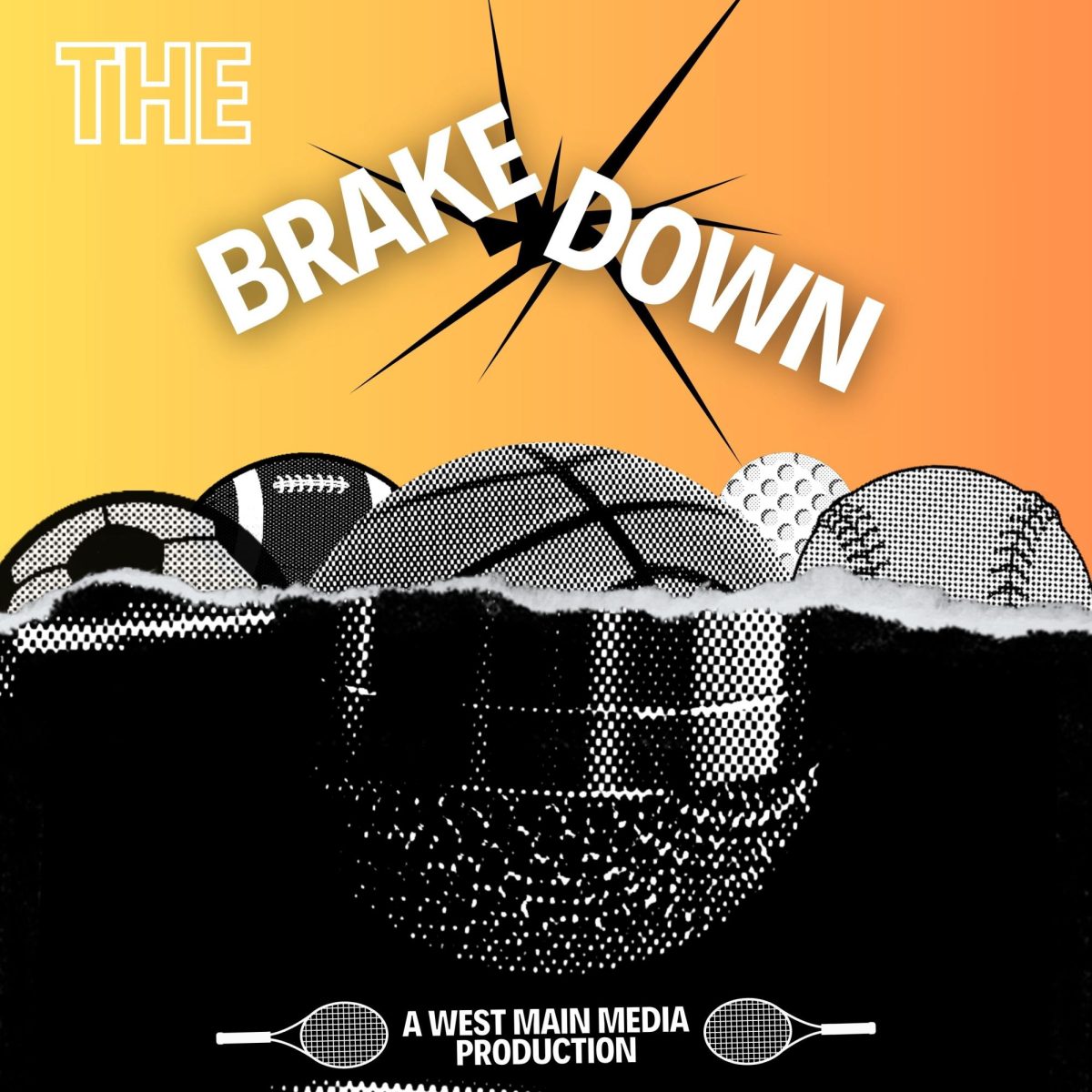In 1984, the film “Dune,” based on Frank Herbert’s science fiction novel of the same name, was released to less-than-desirable reception. The movie received harsh criticism for its lack of structure and overall disconnect from the source material. For nearly four decades, this served as the only film adaptation of the novel. This changed when “Dune” (2021) was released, breathing new life into the franchise and providing a new interpretation of the book.
“Dune” (2021) was one of the most highly anticipated films of the year. After having its release delayed from the COVID-19 pandemic, fans were only left to speculate how the film could reimagine the worlds and characters Herbert crafted in his 1965 novel. After the film finally released, it was met with much warmer reception than its predecessor.
In “Dune,” Paul Atreides, a gifted boy and heir to a powerful family house, grapples with the high expectations placed on him while his people relocate to the desert planet of Arrakis in order to solidify a successful future. Growing conflict surrounding the planet and its resources boils out of control, and Paul and those close to him are left to fend for themselves as tensions escalate.
Taking full advantage of modern CGI and film technology, “Dune” beautifully captures the foreign planets and the species that inhabit them. The original novel was littered with unique technology, planets, animals and races. The film was breathtaking to watch, as it spared no expense in bringing Herbert’s initial vision to life. The sprawling sand that palettes the desert planet of Arrakis is portrayed in ways that the original film, and even the novel, couldn’t. One of the most recognizable sci-fi creatures—spawned from the novel—is the sandworm. In ways never before seen, the massive, terrifying creature was captured in all its glory in cinema. The scale of these monstrous creatures, which are a staple of the “Dune” franchise, was a treat for fans to see. The design, movement and size was depicted with more detail and realism than ever before. This is just one of the innumerable instances where “Dune” successfully brought elements of fiction to life.
The novelty of the setting and the intrigue of the technology and cultures introduced, while enthralling, begin to lose some of their effect over time. The film’s runtime is over two and a half hours long, and it shows. Certain scenes and sequences drag on, and it may dwindle on the attention span of some viewers. The pacing of the movie is somewhat inconsistent. It’s not a huge problem in and of itself, however it’s brought out more by the length of the film. Some dialogue scenes, for instance, can feel as if they’ve overstayed their welcome. At other times, the action has picked back up in full swing too quickly to process. This is not always the case, but it does happen. The biggest issue with the pacing is how certain characters or events that were more prominent in the novel were condensed, which can be unsatisfactory for fans of the book and confusing for newcomers. On the contrary, other scenes were drawn out and felt as if they could have been wrapped up sooner.
A substantial part of what makes the world of “Dune” feel immersive and captivating are the characters who inhabit it. There is a wide variety of unique personalities, and most of the actors pulled them off really well, making them feel like truly living parts of the world and story. The protagonist, Paul Atreides, is played by Timothée Chalamet, who, while a decade older than the character he’s portraying, represents Paul much more accurately than Kyle McLachlan, who played Paul in the original “Dune” film. The actors involved clearly cared a lot about the project and had fun with their characters. Namely, the characters Chani Kynes (Zendaya), Duke Leto Atreides (Oscar Isaac) and Gurney Halleck (Josh Brolin) were amazingly acted and felt like faithful adaptations of their novel counterparts.
The film as a whole is much more faithful to the novel than the original “Dune.” Director Denis Villeneuve took special care to remain accurate to the novel, having many scenes and dialogues closely follow the way they were first written. While still staying true to the source material, “Dune” wasn’t afraid to take liberties and create its own identity. It is still distinct from other versions of the story. It landed on a perfect middle ground of creative novelty and faithful familiarity to the source.
One of the biggest make-or-break factors for this film is how well it communicates ideas and how well it can be understood by viewers. Herbert conceived a world that is overloaded with original ideas. It’s a lot to take in—sometimes even an overwhelming amount. The novel is a confusing read at the beginning, and it thrusts readers into a completely unfamiliar environment with little explanation. The movie falls victim to this even more, providing limited context or elaboration to viewers. The plot of the movie would be much better understood by someone who is already familiar with the world and story of “Dune” than someone who isn’t. Even though the movie takes its time to set the stage and let the story unfold at a much slower pace than the average film, it still struggles to keep up with the novel, which will certainly result in some people feeling lost or overloaded with information.
Overall, “Dune” stands out as a science fiction movie and was able to give the novel the film adaptation that it deserved. It’s a worthwhile revisit to this hallmark story, and a visually pleasing, faithful, passion-driven adaptation that deserves to be praised for what it’s accomplished. It’s a slow burn and is certainly not perfect, but it gave the story of “Dune” the best reimagining that one could hope for, giving this film a strong 8/10.





















Dylan Guerrero • Nov 11, 2021 at 3:49 PM
I like this!